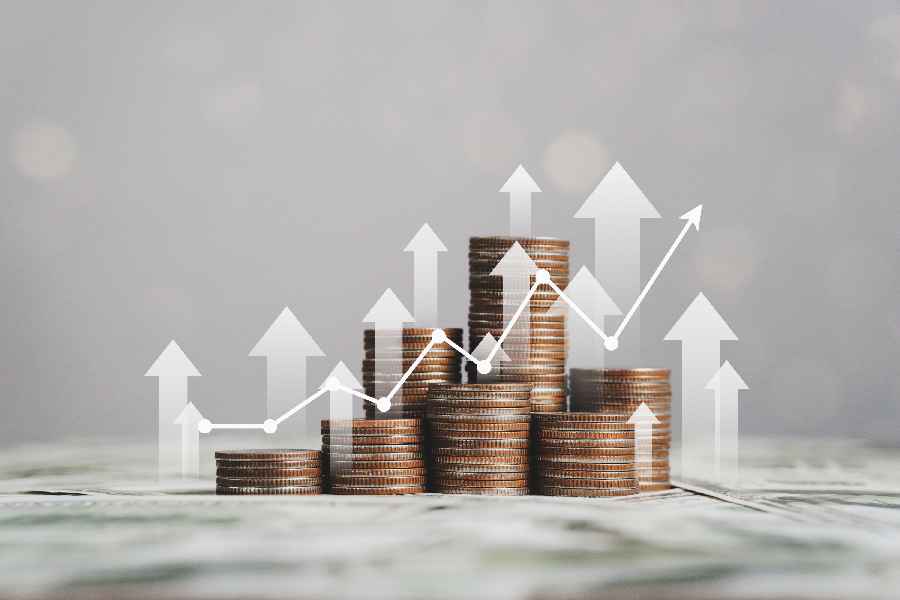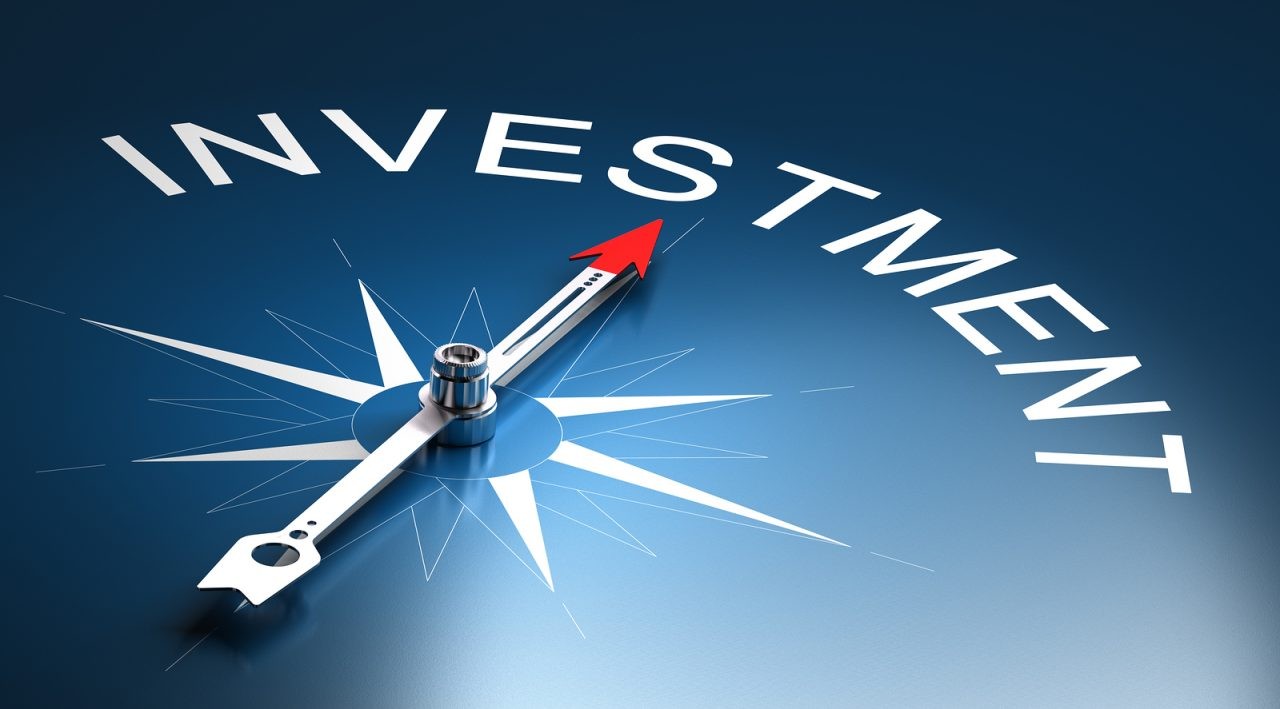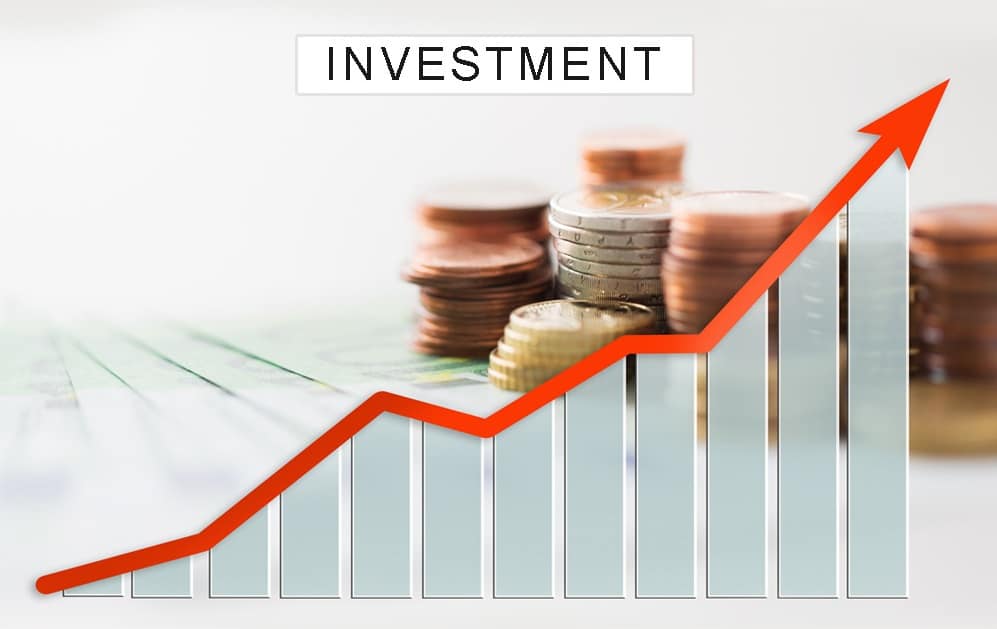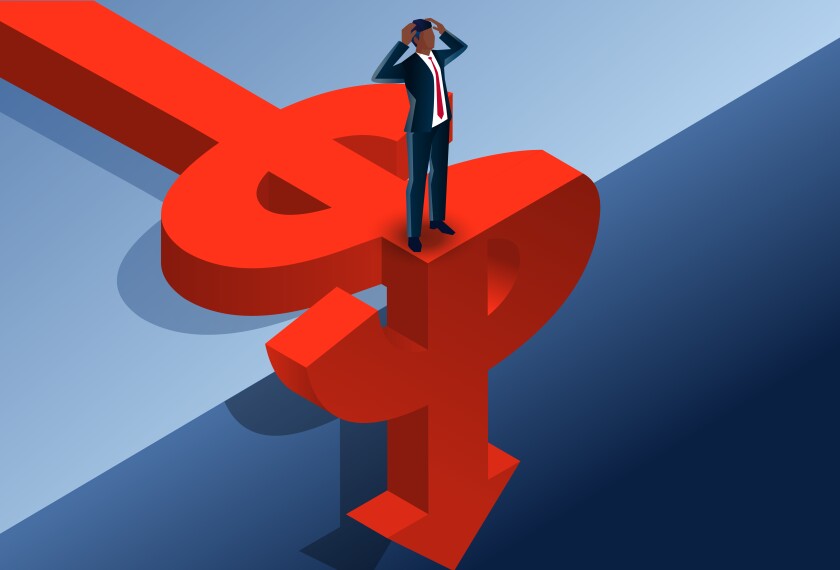U.S. Growth and Investment Trends

January 30, 2025
The U.S. economy is a dynamic and evolving entity influenced by numerous factors, with investment strategies playing a crucial role in driving growth. As businesses, policymakers, and investors navigate economic shifts, understanding how strategic investments impact the nation’s financial health is essential. This article explores the relationship between U.S. economic growth and investment strategies, highlighting key trends, opportunities, and challenges.
The Role of Investment in Economic GrowthInvestment is a fundamental driver of economic expansion, contributing to job creation, infrastructure development, and technological advancement. Capital inflows into various sectors, including real estate, technology, and manufacturing, shape the broader economic landscape. Historically, periods of high investment have coincided with robust GDP growth, increased consumer confidence, and a stronger labor market.
Key Investment Strategies Shaping U.S. GrowthStock Market and Equities The stock market remains a primary vehicle for investment, attracting both institutional and retail investors. Strategic investments in stocks drive capital into businesses, fostering innovation and expansion. The performance of major indices, such as the S&P and Dow Jones Industrial Average, often serves as a barometer for economic stability.
Venture Capital and Startups The U.S. has long been a hub for entrepreneurship, with venture capital funding fueling the rise of tech giants and innovative startups. Investors seeking high-growth opportunities allocate funds to early-stage companies, supporting advancements in artificial intelligence, biotech, and clean energy.
Real Estate and Infrastructure Development Investment in real estate and infrastructure plays a significant role in economic expansion. Government initiatives and private-sector funding drive the construction of commercial hubs, residential properties, and transportation networks, creating jobs and increasing productivity.
Foreign Direct Investment (FDI) The U.S. remains a top destination for foreign direct investment, attracting global corporations seeking stability and growth opportunities. Policies that encourage FDI contribute to industrial expansion, technology transfer, and job creation.
Sustainable and ESG Investments In recent years, environmental, social, and governance (ESG) investments have gained traction, reflecting a shift toward sustainability. Investors prioritize companies with ethical business practices, renewable energy projects, and corporate responsibility initiatives, aligning financial returns with long-term environmental and social benefits.
Several macroeconomic factors shape investment strategies and their impact on U.S. growth:
While investments drive economic progress, they also come with risks:

Exploring the latest changes in U.S. investment policies and their impact
The U.S. investment landscape in 2025 is undergoing significant shifts due to economic policies, trade regulations, and financial reforms. This article explores key policy updates, their effects on investors, and future economic implications

Impact of U.S. Policies on Global Economy
U.S. economic decisions influence global markets through trade policies, interest rates, and regulations, shaping financial trends and international stability

Key Insights on Policy Shifts and Market Impact
Recent U.S. policy changes are reshaping investment landscapes. Investors must stay informed about regulatory shifts, economic trends, and potential risks

U.S. Fiscal & Monetary Impact on Investments
Explore how U.S. fiscal policies and monetary decisions shape investment trends, affecting markets and economic strategies

The Impact of U.S. Government Spending on Investments
Government spending plays a crucial role in shaping the investment market by influencing economic growth, stock prices, bond yields, and investor confidence

U.S. Growth and Investment Trends
Explore how investment strategies shape U.S. economic growth, influencing markets, businesses, and financial trends for long-term stability

Understanding U.S. Reforms and Their Impact on Investors
Recent U.S. reforms are reshaping investment strategies, affecting markets, businesses, and investor confidence. Learn how these changes influence financial decisions

Understanding the Impact of U.S. Policies on Investments
U.S. policies continue to evolve, significantly impacting investment landscapes. This article delves into the most important policy changes expected to shape investment decisions and market behavior in the coming years. From government regulations to fiscal strategies, we analyze how investors can navigate the challenges and seize new opportunities as U.S. policies unfold

Understanding the U.S. Influence on Global Investment Trends
U.S. policies and trends have a profound effect on global investment strategies. This article explores the key factors, including fiscal, monetary, regulatory, and technological changes in the U.S. that are influencing investment strategies worldwide. Global investors must adapt to U.S. policy shifts to stay competitive in the market
The Atlantic Daily
Get our guide to the day’s biggest news and ideas, delivered to your inbox every weekday and Sunday mornings. See more newsletters
.webp)
Ideas That Matter
Subscribe and support more than 160 years of independent journalism.
Subscribe